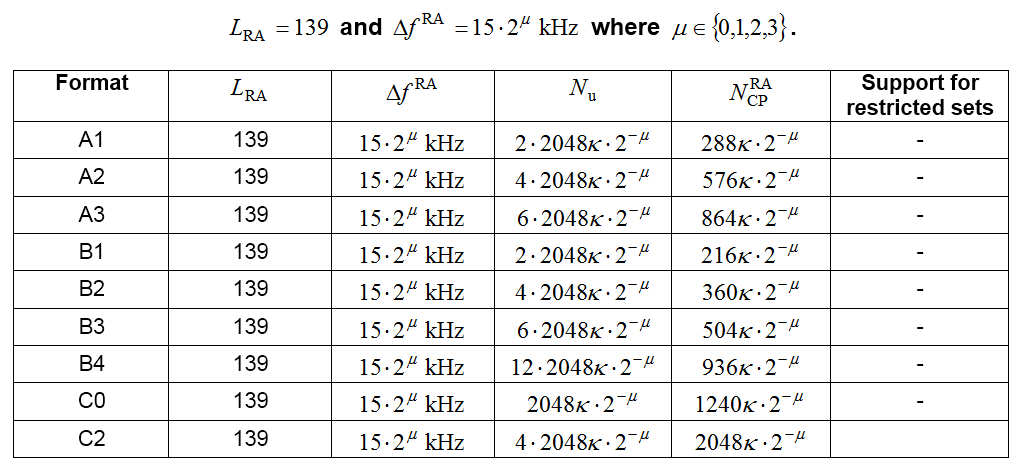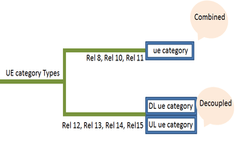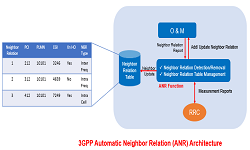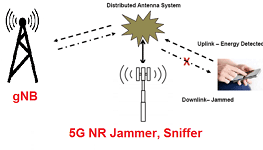5G RACH Preamble | Long and Short Preamble Types
5G RACH Preamble
5G RACH preamble is send by UE to gNB over PRACH channel to obtain the UL synchronization. Similar to LTE, in 5G NR there are 64 preambles defined in each time-frequency PRACH occasion. The preamble consists of two parts cyclic prefix (CP) and Preamble Sequence.
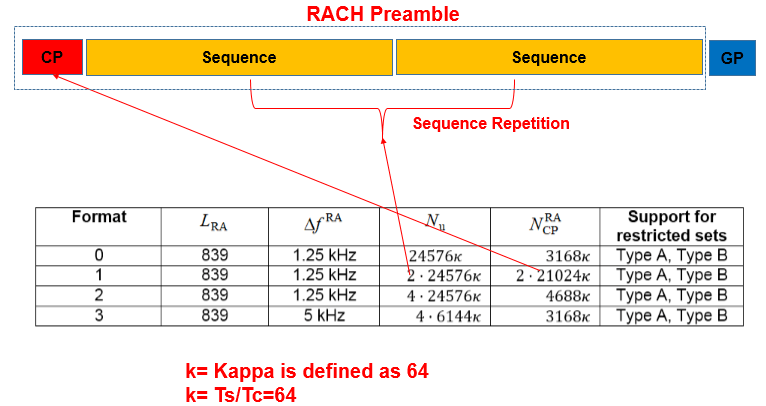
In 5G NR, there are 13 types of preamble format supported known as Format 0, Format 1, Format 2,Format 3,Format A1,Format A2,Format A3,Format B1, Format B2, Format B3, Format B4, Format C0, Format C1. These 13 types of preamble format can be grouped into two categories:
- Long Preamble
- Short Preamble
Differences in the time domain of different preamble formats includes different CP length, Squence Length, GP length and number of repetitions can be seen in below picture.
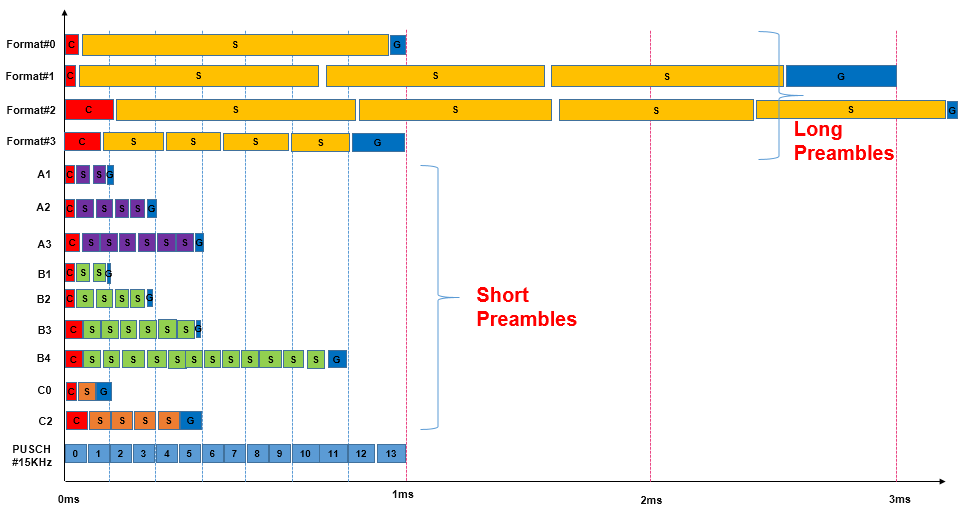
Long Preamble Characteristics
- Long preambles are based on a sequence length L=839
- Sub-carrier spacing for long preambles can be either 1.25 Khz or 5 Khz
- Numerology used for long preambles is different from any other NR transmissions
- Origin of long preambles partly from the preambles used for LTE
- Long preambles can only be used for FR1 frequency bands which is below 6 Ghz
- There are four different formats for the long preamble name Format#0, Format#1, Format#2 and Format#3
- The preamble format is part of the cell random-access configuration and each cell is limited to a single preamble format
- NR preamble format 0 and 1 are identical to the LTE preamble formats 0 and 2
- A long preamble with 1.25 kHz numerology occupies six resource blocks in the frequency domain, while a preamble with 5 kHz numerology occupies 24 resource blocks

Short Preamble Characteristics
- Short preambles are based on a sequence length L=139
- The sub-carrier spacing for short preambles is aligned with the normal NR sub-carrier spacing i.e. 15Khz, 30Khz, 60Khz and 120Khz.
- Short preambles use a sub-carrier spacing of:
- 15 Khz or 30 Khz in the case of operation below 6 Ghz (FR1)
- 60 Khz or 120 Khz in the case of operation in the higher NR frequency bands (FR2).
- A short preamble occupies 12 resource blocks in the frequency domain regardless of the preamble numerology
- The short preambles are, in general shorter than the long preambles and often span only a few OFDM symbols
- Short preambles formats are designed such that the last part of each OFDM symbol acts as a CP for the next OFDM symbol and the length of a preamble OFDM symbol equals the length of data OFDM symbols
- In most cases it is therefore possible to have multiple preamble transmissions multiplexed in time within a single RACH slot (occasion). In other words, for short preambles there can may be multiple RACH occasions in the frequency domain as well as in the time domain within a single RACH slot .
- 5G NR supports mix of the “A” and “B” formats to enable additional formats like A1/B1, A2/B2, and A3/B3.
- Short preamble formats A and B are identical except for a somewhat shorter cyclic prefix for the B formats.
- Preamble formats B2 and B3 are always used in combination with the corresponding A formats (A2 and A3)
- Short preambles are design to targeting the small/normal cell and indoor deployment scenarios
- Short preambles allows the gNB receiver to use the same fast Fourier transform (FFT) for data and random-access preamble detection.
- These preambles are composition of multiple shorter OFDM symbols per PRACH preamble,makes them more robust against time varying channels and frequency errors.
- Short preambles supports analog beam sweeping during PRACH reception such that the same preamble can be received with different beams at the gNB
